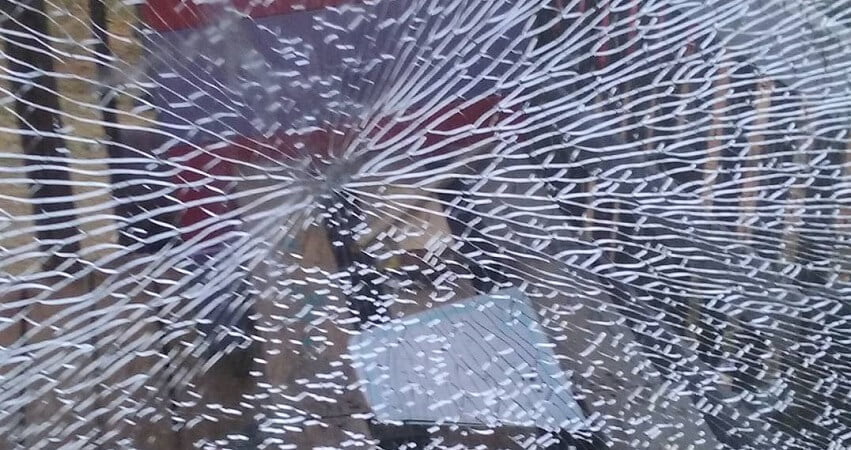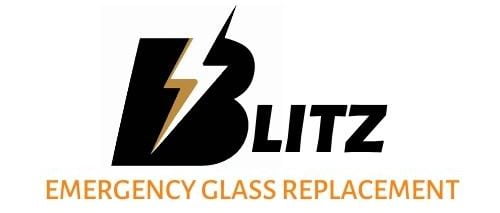Safety Glass Replacement & Installation
At Blitz Emergency Glass Replacement, we prioritize the safety of our customers above all else. That’s why we offer an extensive selection of safety glass options that adhere to the strict standards of Australian Standard AS1288.
Safety glass is a specially designed type of glass that breaks into small, non-threatening pieces instead of sharp shards when it shatters. This is especially crucial in areas where there may be a risk of human impact, such as doors, windows, and other architectural features.
Whether you are a homeowner looking to enhance the safety of your home or a business owner seeking to adhere to safety regulations, our team is dedicated to providing high-quality, safe glazing solutions for homes and businesses across the Central Coast NSW area. We look forward to speaking with you and helping you find the perfect safety glass solution for your needs.

The Advantages of Using Safety Glass
There are numerous advantages to installing safety glass in your home or place of business. Among the principal benefits are:
The primary advantage of safety glass is that it reduces the risk of injury in the event that the glass breaks. This is particularly important in areas where there is a risk of impact, such as doors and windows, or where there may be children or animals.
Many safety regulations, such as Australian Standard AS1288, mandate the use of safety glass in specific locations. Using safety glass can help you comply with these regulations and keep your home or business safe and compliant.
Safety glass is more resistant to shattering than regular glass, which can deter burglaries and other forms of intrusion.
Some types of safety glass, including laminated glass, are more energy efficient than regular glass. This can reduce your energy costs and enhance the energy efficiency of your home or business.
Different Types of Safety Glass
There are several different types of safety glass available, each with its own unique properties and benefits. Here are some of the most common types of safety glass:
Laminated glass
In order to create laminated glass, a layer of plastic (typically polyvinyl butyral or PVB) is sandwiched between two layers of glass. The plastic layer holds the shards in place when the glass breaks, reducing the risk of injury. Laminated glass is frequently used in car windscreens and areas where security is a concern such doors, windows and shopfront displays.
Toughened Glass
In order to create toughened glass, also known as tempered glass, the glass is heated to a high temperature and then rapidly cooled. This process makes the glass significantly more durable and resistant to breaking than ordinary glass. If it does shatter, it does so into small, rounded pieces that are less likely to cause injury. In areas where there is a risk of impact, such as shower doors and high-rise building windows, toughened glass is frequently employed.
Wired Glass
Wire mesh is embedded into the glass during the manufacturing process to create wired glass. The wire mesh imparts additional strength to the glass and helps hold it together if it breaks. Although it is less likely to shatter than regular glass, wired glass is not as strong as laminated or toughened glass and may not provide the same level of impact protection. As it can withstand high temperatures, wired glass is frequently used in fire-rated doors and windows.

